South Africa’s new school year has begun with renewed attention on digital inclusion. MTN South Africa, through the MTN SA Foundation, has provided digital…
Honda Elevate Buyer’s Guide
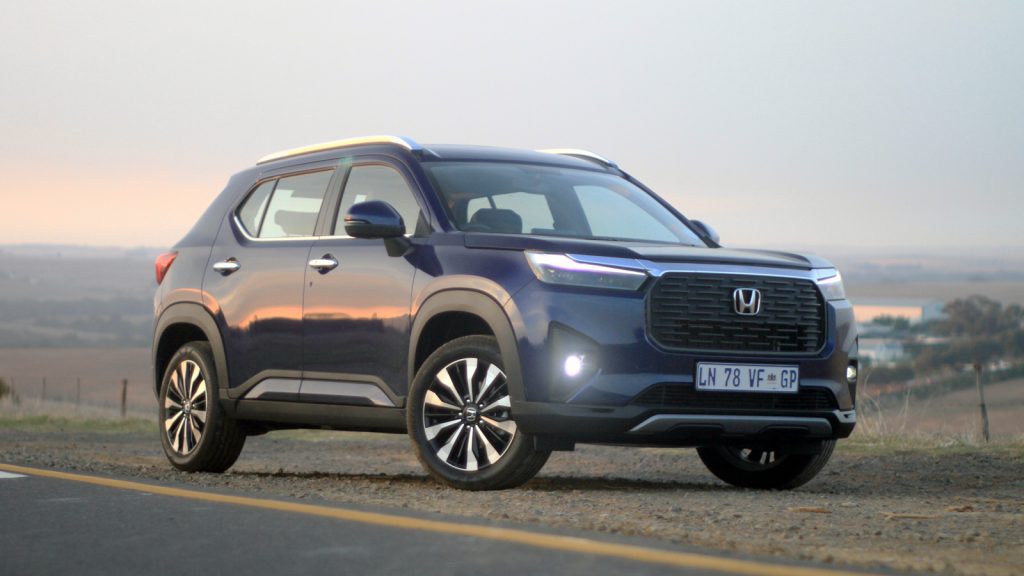
Car design is in crisis. Despite all the computer-aided design tools, AI assistance, and cloud computing, too many new cars have bizarre exterior styling details.
There is a good reason for this. And no, it’s not the requirements of pedestrian crash safety, literally deforming design. It’s competition – and our collective attention span being so narrow.
More brands, more models, and too much choice. That means even legacy car companies, which have traditionally traded on brand standing, have resorted to over-styled cars to differentiate themselves in a crowded market. Any vehicle overdesigned without purpose, featuring senseless details, ages rapidly, looking awkward after only a few years in the market.
But not Honda. The Japanese car company, with arguably the most charismatic founder and esteemed portfolio of engineering innovation, hasn’t gone for OTT design.
Which brings us to Elevate. This is Honda’s compact crossover, and if you are a deep follower of all things Honda Giken Kōgyō, it’s one of the better cars the brand has launched into the South African market since 2020.
The Elevate alternative
Compact crossovers are a brutally competitive market in South Africa, with legacy brands and the Chinese, all vying for customer attention.
The first victim of overdesigned crossovers is the front view. Ridiculously ornate grille patterns, functionless air ducts, and jarring light cluster patterns. Honda’s design team has done it differently with its compact crossover.
Elevate has a traditional two-box design, which has been the proven form of success for five-door vehicles since the 1960s. Neatly proportioned, with squared-off front design elements, the Elevate has the presence of a much larger mid-sized SUV, without any peculiar styling details which might age rapidly.
The sensible simplicity theme continues inside, with a huge boot for its size. Carrying capacity is currency in the market for five-door vehicles, and Honda ensures its compact crossover doesn’t squeeze your ambitions when you are packing for a weekend away.
Rated at 458-litres of space, the Elevate luggage is much larger than its rivals. Toyota’s Urban Cruiser only has 353-litres of luggage space, while Hyundai’s popular Venue is 350-litres. The considerable boot capacity doesn’t sacrifice mobility when you have a flat tyre. A full-size spare is secured under the luggage compartment’s floor section, instead of a space saver tyre.
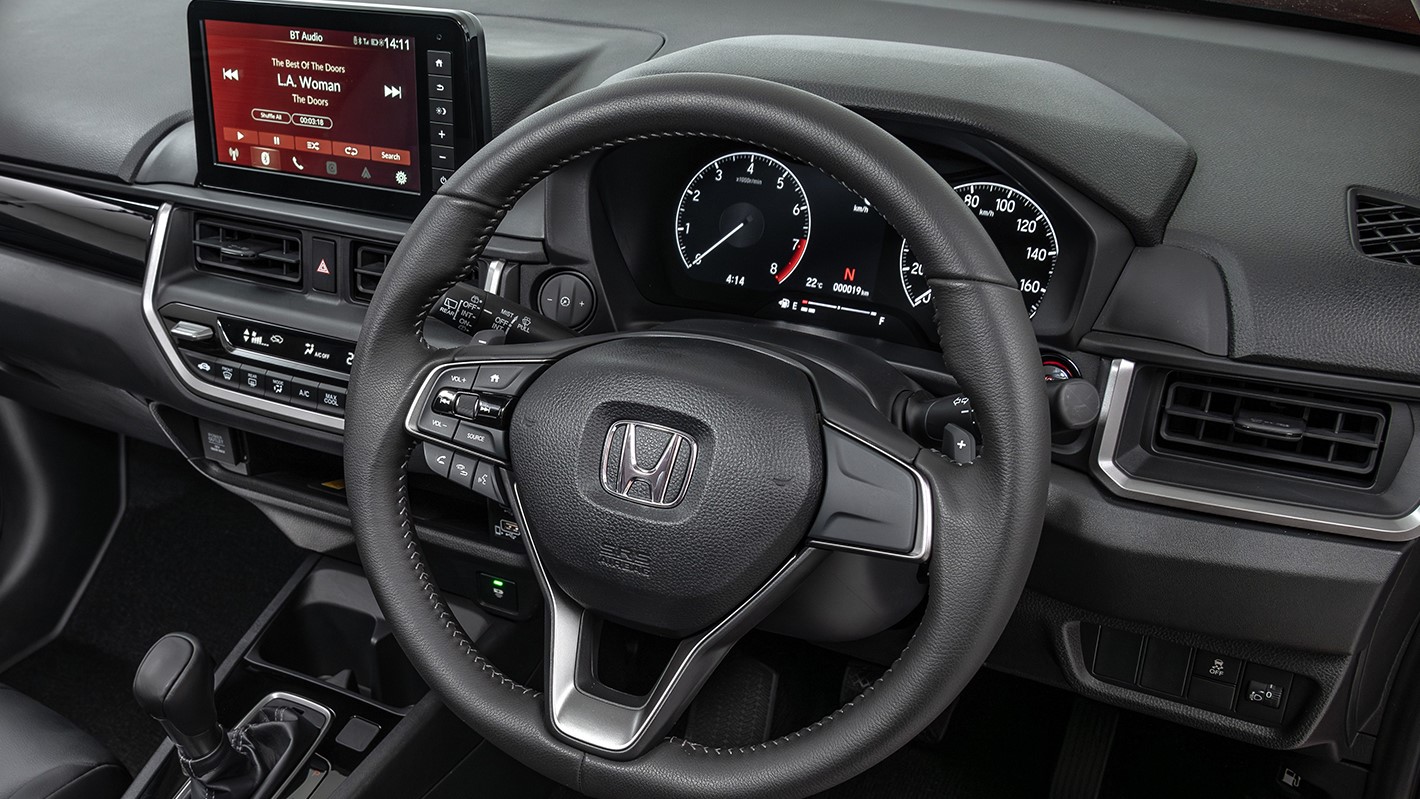
Clever cabin
Ergonomics and infotainment are what you’d expect from a Honda: logical and intuitive. The screen graphics might not be as advanced as some Chinese and Korean crossovers, but Elevate’s 8-inch touchscreen is functional, with little menu lag. Fonts are a touch small for the lower tabs, though.
If you need to keep devices charged, there are two USB ports (one with a slightly higher power output), and a wireless recharging pad.
Honda opted for a traditional mechanical parking brake with a large release handle, which takes up small storage space between the front seats. This mechanical design is simpler and possibly has less maintenance than a tab-release electromechanical parking brake, in the long run.
There are small item storage grooves that frame the parking brake handle, which can keep a Smartphone in place.
Honda’s engineering legacy is immense. More so than any Korean or Chinese car company. Few companies can rival its success regarding high-performance engines.
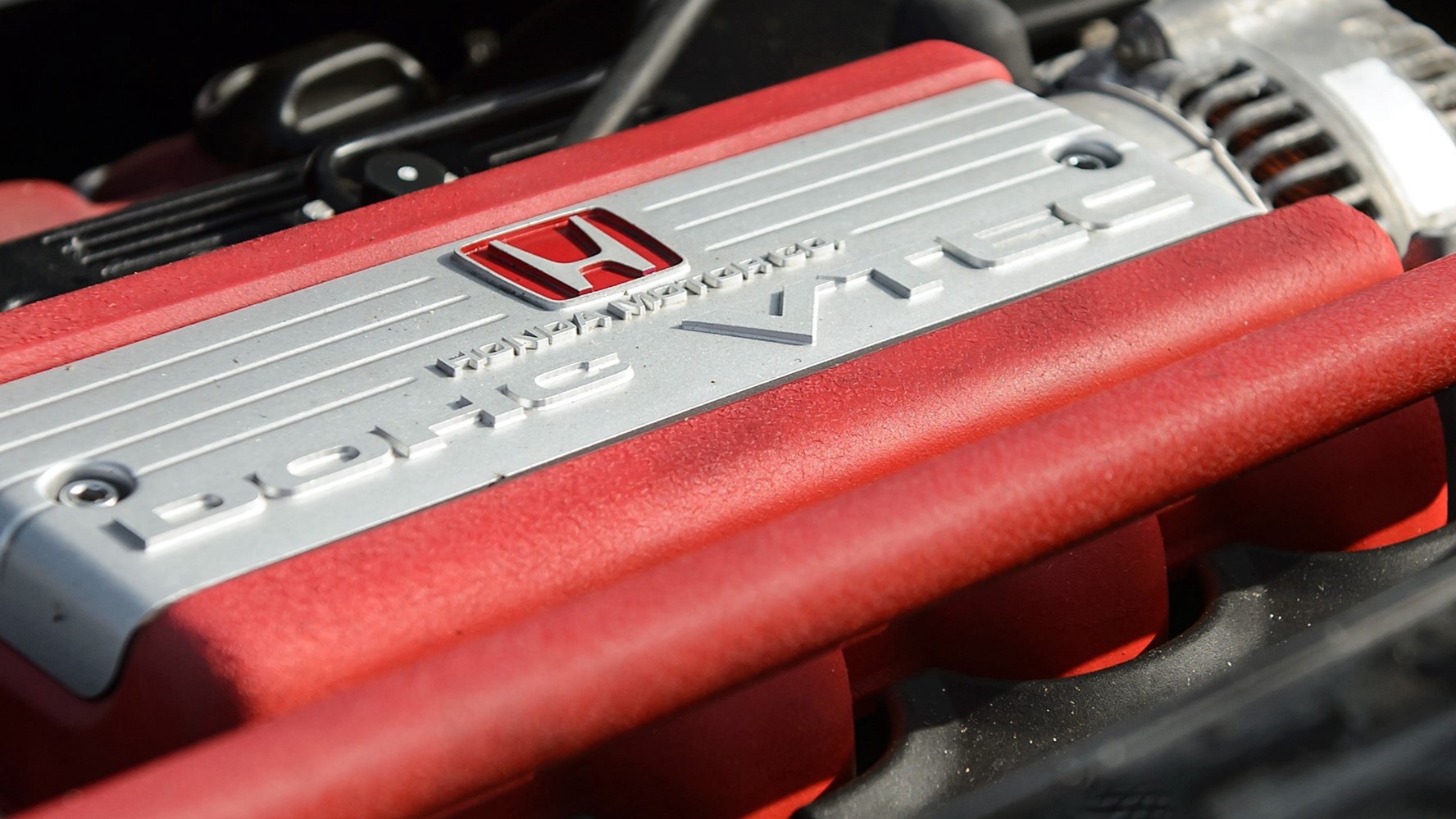
A proud engine history
Honda Giken Kōgyō has won more MotoGP championships than any other brand (25). It’s F1 engines are legendary, dominating with McLaren during the late 1980s, and for the last few seasons, powering Red Bull to record wins. There’s even a Honda corporate jet, proving the company’s depth of engineering skills.
With a corporate culture obsessed with the art of engineering engines, even a humble crossover product, like Elevate, is powered by a Honda four-cylinder that is everything but average.
The trend for compact crossovers has been turbocharging, like Hyundai’s 1-litre engine in the Creta. Small-capacity engines with very aggressive turbocharging. Engineered to comply with emissions regulations in advanced markets, these tiny turbocharged engines are heavy on fuel and suffer erratic throttle responses at low speeds, especially when driving up steep gradients.
With Elevate, the powertrain is a typical Honda design: a 1.5-litre four-cylinder petrol, with some trick valve timing and the promise of excellent durability. The engine’s 89kW and 145Nm are more powerful than Toyota’s 1.5-litre engine in the Urban Cruiser, or the 1-litre turbocharged triple powering Hyundai’s Venue.
Elevate’s 1.5-litre engine is smooth in traffic, and the linear throttle response makes for predictable overtaking performance. The power loss is real at Gauteng altitudes, like with any naturally-aspirated engine. Still, it sounds and drives like an engine true to Honda’s heritage, despite being in one of its humbler models.
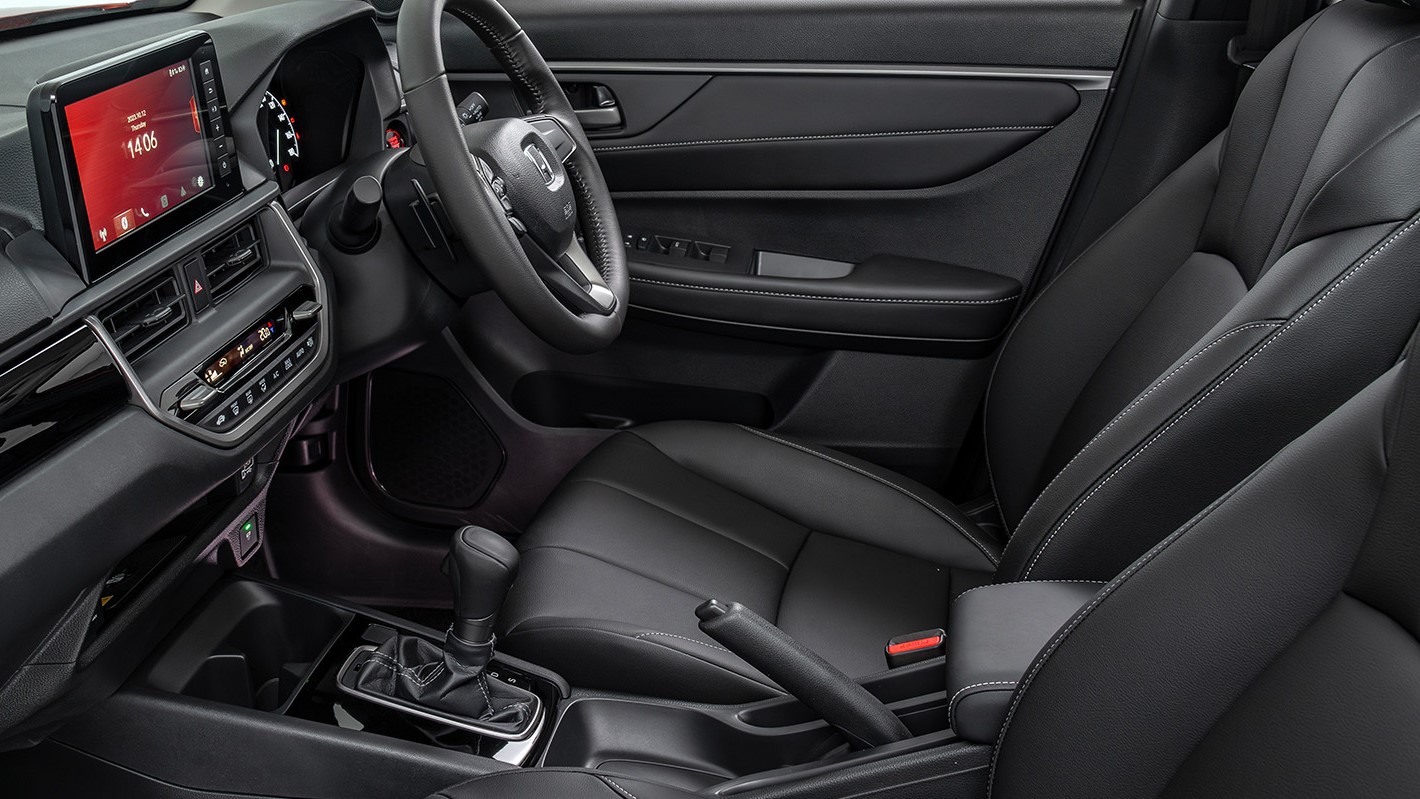
CVT or manual?
Running costs aren’t something compact crossover buyers think of when cross-shopping, but they become a genuine ownership issue over time. Fuel consumption is a function of your driving style, but the Elevate’s 1.5-litre engine is reasonably efficient. We averaged 7.7l/100km at sea level during a week’s testing.
Long-term mechanical durability and component integrity are difficult to predict. However, sound engineering decisions can significantly reduce cost risk if you plan a long-term ownership period. And an engine with timing chains, instead of timing belts, is one of those. Honda uses timing chains on the Elevate’s 1.5-litre engine, which last much longer than belts, without degrading valve timing or combustion performance.
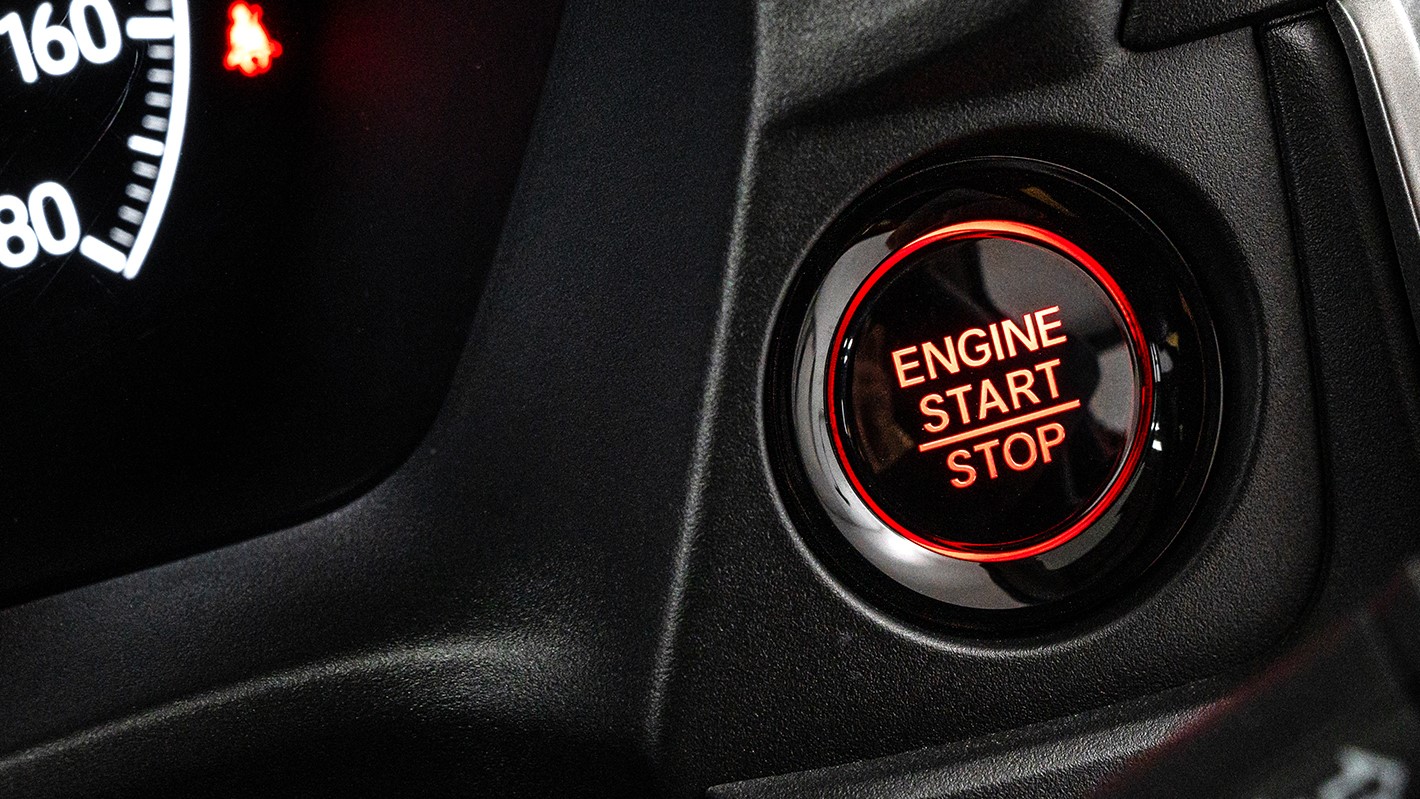
Choosing Elevate best buy
Comfort or Elegance? That’s essentially your choice with Elevate. The Elegance trim level adds 17-inch alloy wheels, additional airbags, upgraded cabin material touchpoints, and a digitized instrumentation cluster. You also get the driving convenience of a CVT transmission, which can be a game-changer if you do the daily traffic commute.
However, the Comfort version is potentially much better value, especially for South African buyers who will take the promise of Elevate’s 200mm of ground clearance seriously.
Yes, 200mm of ground clearance. That’s a lot more than most first-generation compact crossovers. This means that this Honda might be front-wheel drive and not graded as an all-terrain vehicle, but with 200mm of underbody clearance, it tracks more confidently on potholed routes and dirt roads.

A Comfortable choice
If you are taken by the balanced design, proven engine technology, and sensible specifications of Honda’s compact crossover, the cheaper Comfort is the better deal. It has the same 8-inch infotainment screen as an Elegance version, and its six-speed manual gearbox could also be cheaper to run over the long term.
Crucially, the Comfort version rolls on 16-inch steel wheels, which are much more likely to survive a pothole strike at speed without damage, than the Elegance’s 17-inch alloys.
And those 16-inch wheels roll 215/60 tyres, which have slightly more air volume than the Elegance’s 215/55s. Why does that matter? Larger air volume tyres equal smoother ride quality.
*The Comfort CVT version prices at R371 000 and Elegance at R430 000.


